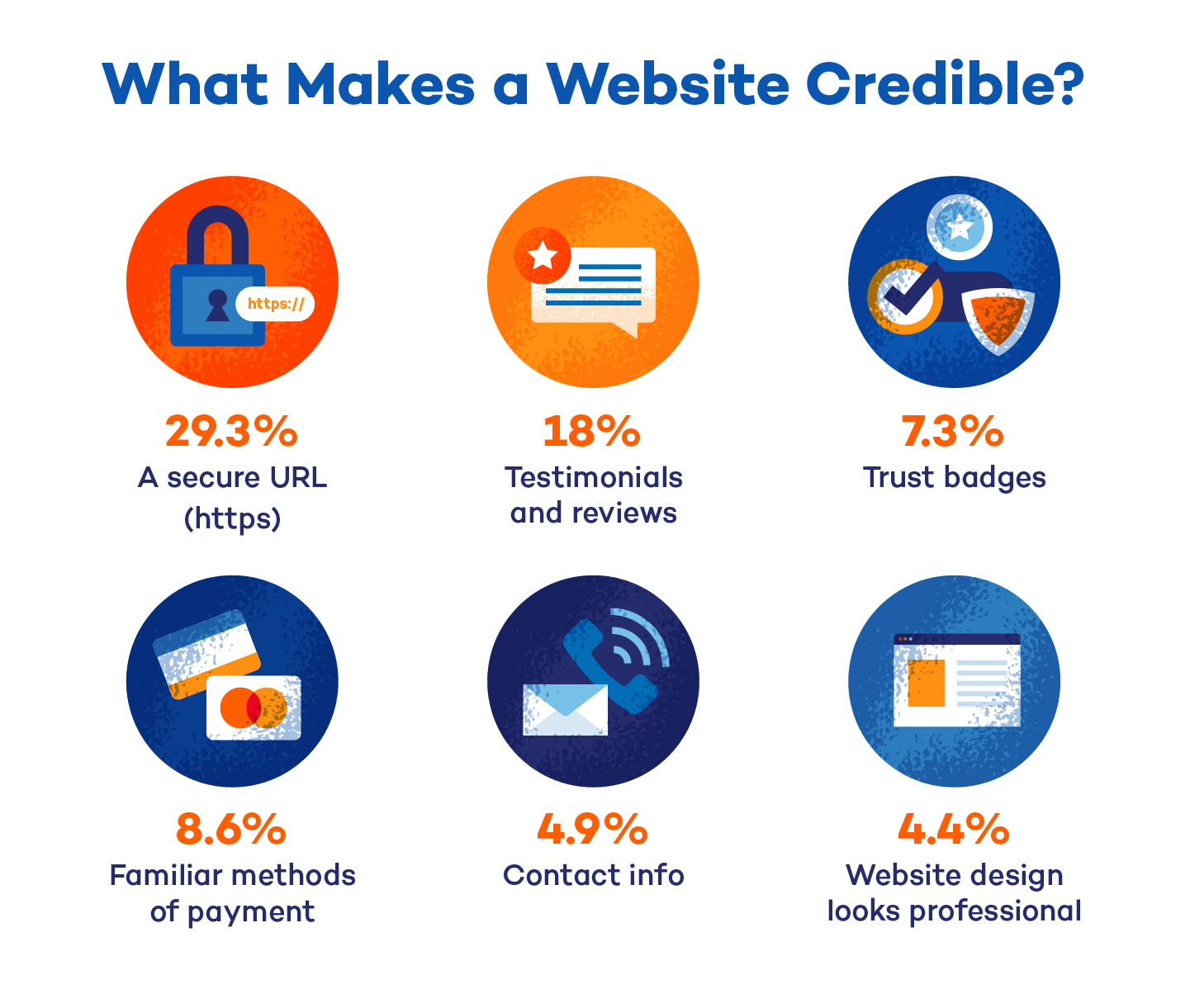Shoppers work through several stages before making a significant buy via the internet, which includes spending at least 35 minutes deciding whether a purchase is absolutely necessary.
Following that, an online search for a product or service, including on social media sites, will take place over the next 33 minutes.
And the survey of 2,000 adults found an average of 30 minutes is then spent reading online reviews and recommendations, with the average shopper avoiding a purchase if something has less than 3.4 stars out of five.
While one in 10 wouldn’t buy something with 99 five-star ratings if it has just a single one-star review.
Half an hour will also be spent narrowing down the choices between brands by comparing to other similar products for price and quality.
Other steps include sharing potential purchases with friends or family, putting something into a virtual basket – then the final hurdle of completing the transaction.
The research was commissioned by Vision Direct, whose CMO, Ashley Mealor, said: “As purchasers are spending so long scouring reviews, it is so important for businesses, especially those operating online, to be accurately and fairly represented.
“We recognise there are some brands which have reviews that cannot be trusted, as those writing them have been incentivised to do so.
“Implemented for the main purpose of generating favourable online appraisals, the concept of proposing incentives or hosting competitions can be misleading and skew authenticity.
“It’s encouraging to see platforms such as Trustpilot, starting to take great steps to ensure it is a level playing field for all by revising regulations and stopping all consumer incentives – to address a controversial grey area.
“With the prevalence of dishonest reviews online, the seven stages of shopping feels like a sensible way of ensuring a purchase – particularly one of value – is made well.
“You are then not just relying on reviews, but also word of mouth, social media, customer service and brand comparisons.”
The research also found 62 per cent of respondents think of themselves as ‘considered’ purchasers – who don’t buy without thoroughly researching the item first.
However, 14 per cent are happy to describe themselves as an ‘impulse’ buyer, who shops first then asks questions later.
But Brits would not consider something to be a ‘significant’ purchase if it fell below the £163 price point – and the last time they spent more than £100, they deliberated for eight days.
And 31 per cent are more likely to make a significant buy online, while 25 per cent would rather do it face-to-face – with the remainder not caring either way.
Although consumers are more likely to be suckered by an impulse purchase in a real-life store, than by something they see online (30 per cent vs 23 per cent.)
It also emerged that in order to ‘fully trust’ a brand, Brits want to receive their goods in perfect condition (45 per cent), experience super-quick delivery (26 per cent) and be on the receiving end of exceptional customer service (41 per cent).
But while 78 per cent of shoppers leave online reviews after using a company, just under half are more likely to do so if they are offered an incentive like money off their next order, or a chance to win a prize.
However, a huge 83 per cent of those polled via OnePoll believe unscrupulous sites or brands often put up fake positive reviews to try and trick people into buying their goods.
Ashley Mealor added: “Our study found online reviews to be hugely important to lots of people – half say they are important, especially when considering eyewear or eye medication.
“It can be hard sometimes to know whether an online review can be trusted, particularly where your health is concerned.
“This is where the fifth stage of shopping – getting real-world feedback from people you know in real life – can be hugely beneficial.
“If somebody you know and trust is willing to recommend something that word-of-mouth review is worth its weight in gold to any manufacturer.”
THE SEVEN STAGES OF SHOPPING
1. Deciding on a need for something – 35 minutes
2. An online search for the product you want including social media sites – 33 minutes
3. Reading online reviews and going through recommendations – 29 minutes
4. Narrowing down between brands by comparing to other similar products for price and quality – 31 minutes
5. Share links with friends and family – 14 minutes
6. Getting something into your online or real-life basket – 19 minutes
7. Actually making the purchase – 24 minutes
TOTAL – 185 minutes – 3 hours and 5 minutes








